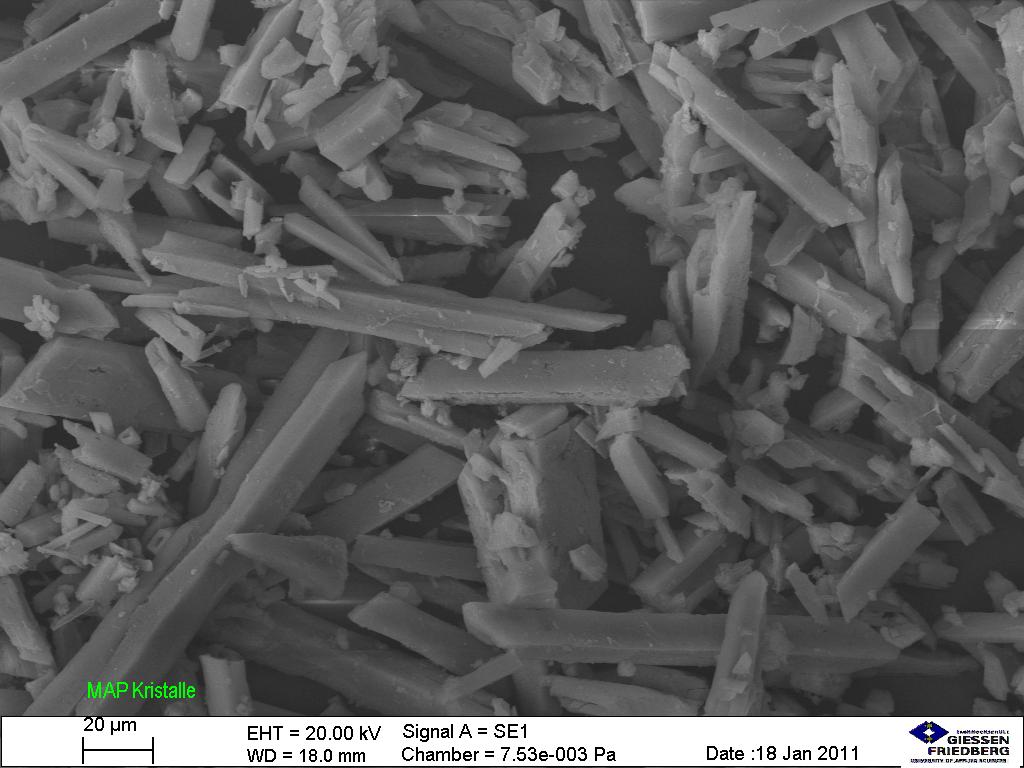Playlist
Show Playlist
Hide Playlist
Renal Case: 42-year-old Woman with 2nd Diagnosis of a Kidney Stone
-
Slides Nephrolithiasi.pdf
-
Reference List Nephrology.pdf
-
Download Lecture Overview
00:01 Let's end with a case. 00:02 We have a 42-year old woman, with a history of pulmonary sarcoidosis and she's seen in clinic and follow up after her second diagnosis of a kidney stone at the urgent care center by plain radiographs. 00:14 She was told she had a radio-opaque stone in the left kidney following an episode of left flank pain that's since resolved with aggressive hydration. 00:23 Blood pressure is normal at 128/80, or a little bit high. 00:26 Her cardiopulmonary exam is normal. and she has no CVA tenderness to percussion. 00:32 Her electrolytes, serum creatinine are normal. 00:35 Calcium though is marginally elevated 10.6 (mg/dL). 00:39 Her phosphorous is normal. 00:41 Her urine studies show a high specific gravity, a low pH and she's got about 3-10 red blood cells per high power field, and interestingly, you can see crystals present on your microscopic exam. 00:55 And let's note the shape of these, they almost look like an envelope, don't they? So before moving on, let's look at things in this history that are going to be helpful where we're already kind of thinking or suspecting a diagnosis in this particular patient. 01:11 She has a history of sarcoid, along with an elevated serum calcium, suspect for maybe hypercalciuria and a calcium-based stone. 01:21 Her stone is radio-opaque on an abdominal plain radiograph. 01:25 We know it's not uric acid - those are radiolucent. 01:29 That low urinary pH along with an envelope-shaped crystal really favors calcium oxalate stones. 01:37 So our next question is, what kind of additional labs do we want in this patient? So remember, we're thinking about calcium oxalate stones. 01:48 So a PTH we obtained, it's normal but interestingly, she had a 1,25 D or calcitriol level that was elevated. 01:59 So what next steps should we go to at this point? We want to do a complete metabolic evaluation of the urine given the fact that this patient has recurrent stones in addition to her thorough dietary history. 02:15 So we get a complete metabolic evaluation and we find that that urine calcium is in fact elevated. 02:20 Her urine volume is less than 1.5 liters and her urine pH is low. 02:26 Her urine oxalate is normal. 02:29 So our question now is what recommendations can we make for treatment. 02:35 So we’d want to talk to her about generalized treatment for stones. 02:40 Remember her urine volume is less than 2 liters, it will be critical for this patient to increase her fluid intake so that she can void at least 2 to 2 1/2 liters per day. 02:50 We want her to avoid sugary drinks that can precipitate worsening hypercalciuria. 02:56 We want to ensure that she is taking a low sodium diet - less than 2300 milligrams per day. 03:00 Remember that's going to help with hypercalciuria. 03:03 And finally, we want to load a moderate animal protein diet as well. 03:07 For specific treatment, we can actually have her take a thiazide diuretic like chlorthalidone to reduce calciuria. 03:14 Remember, her 24-hours urine evaluation showed that she in particular had high urine calcium levels. 03:21 We can have her take potassium citrate in order to alkalinize her urine and increase urinary citrate that will help to chelate or bind calcium. 03:30 And finally, we want close monitoring of her electrolytes and her symptoms through this process. 03:36 So, what predispose this patient to forming stones? Let's think about that and take everything in context and figure out how we arrived at this particular point. 03:48 The patient most likely has calcium oxalate stones due to the hypercalciuria from her excessive 1,25-dihydroxyvitamin D production or calcitriol. 04:00 Remember she has sarcoid and sarcoidosis is a granulomatous disease that can lead to extrarenal production of calcitriol by activated macrophages. 04:09 So this can lead to abnormal calcium metabolism including an increase in intestinal absorption, hypercalcemia and in this case, hypercalciuria. 04:20 So excellent job at solving this case, you've been able to assimilate the information to arrive at the correct diagnosis and treatment. 04:27 In conclusion, remember to be a diligent historian to conduct a thorough physical exam in your patients and don't forget to drink water. 04:36 With that, we conclude our nephrolithiasis lecture.
About the Lecture
The lecture Renal Case: 42-year-old Woman with 2nd Diagnosis of a Kidney Stone by Amy Sussman, MD is from the course Nephrolithiasis (Kidney Stones).
Included Quiz Questions
Which of the following increases the risk of calcium stone formation in the kidney?
- Sarcoidosis
- Lesch-Nyhan syndrome
- Urinary tract infection with Proteus mirabilis
- Tubular defect in amino acid transport
- Guillain-Barre syndrome
What is the first step in evaluating a patient with an uncomplicated recurrent calcium stone?
- Complete metabolic evaluation
- Urologic intervention
- Voiding cystourethrogram
- Urine Gram stain and culture
Customer reviews
5,0 of 5 stars
| 5 Stars |
|
5 |
| 4 Stars |
|
0 |
| 3 Stars |
|
0 |
| 2 Stars |
|
0 |
| 1 Star |
|
0 |




